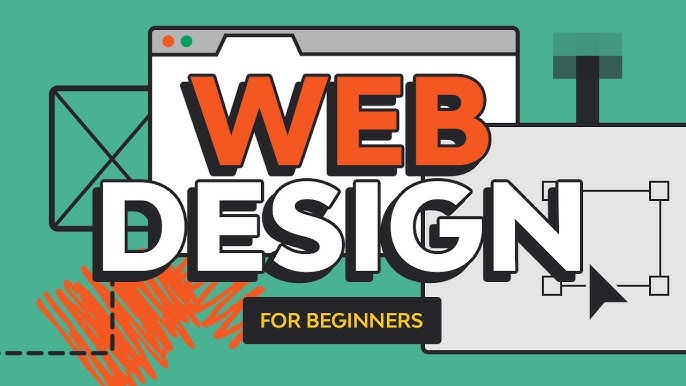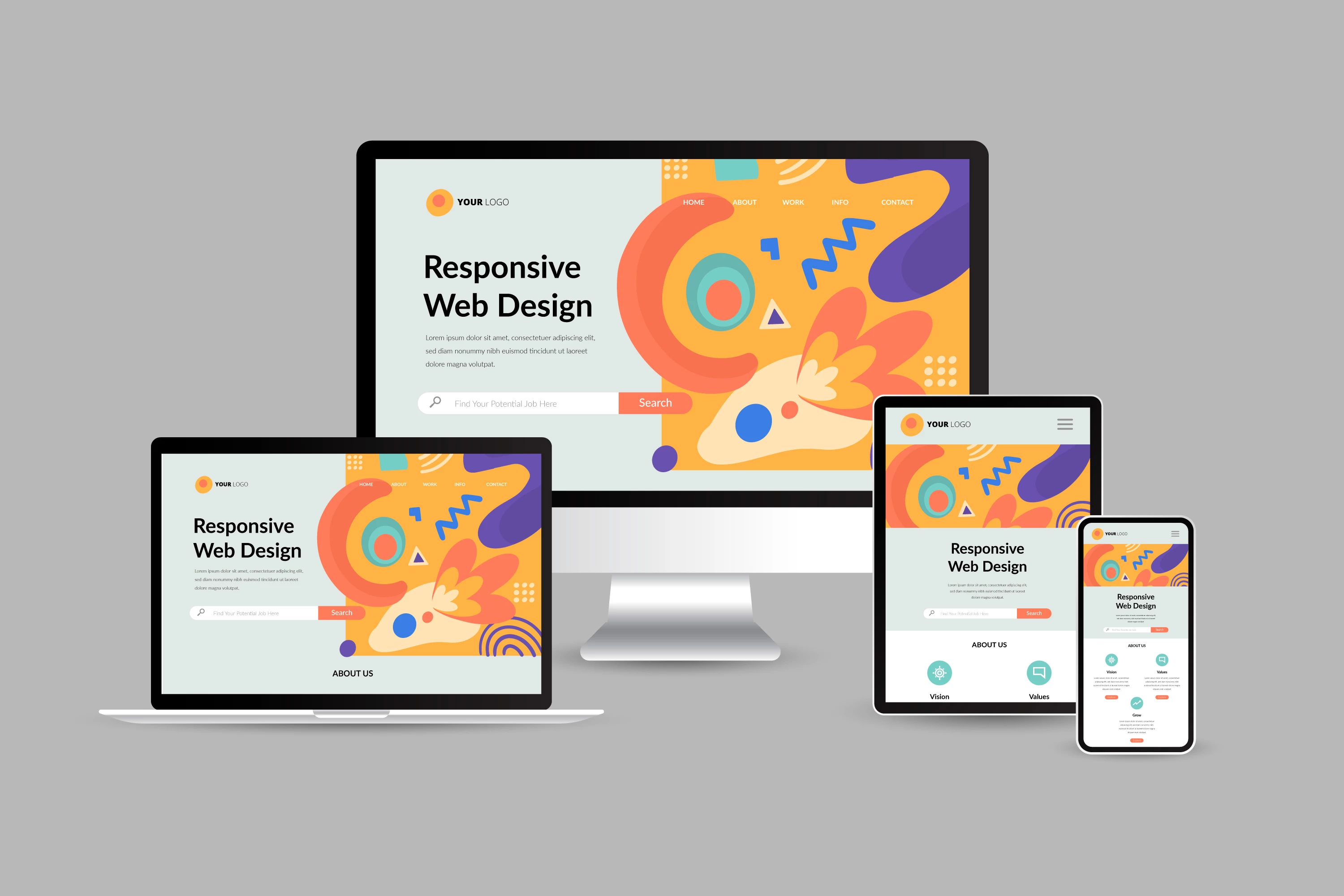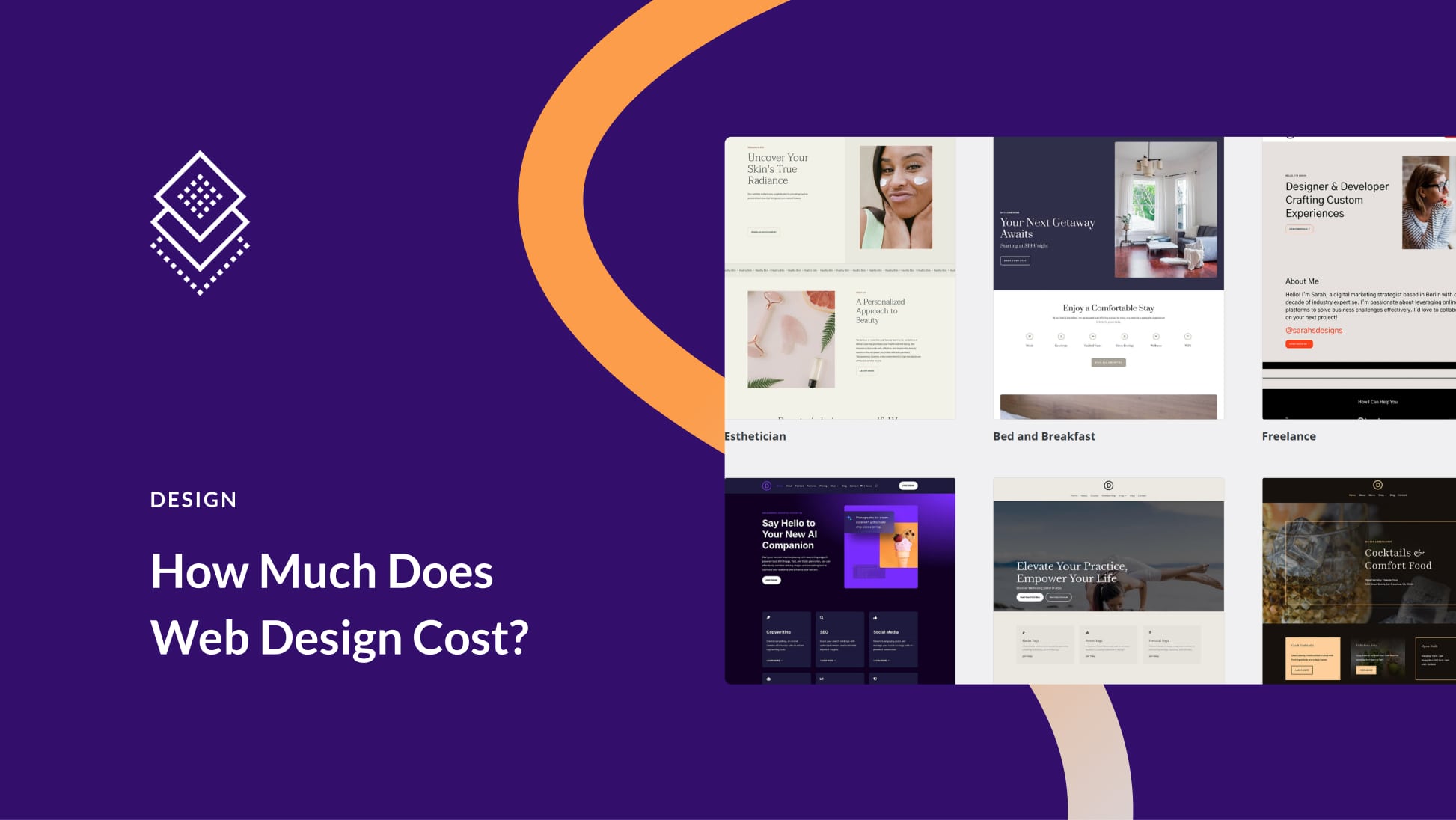The Most Effective Kinds Of Web Layout to Boost Individual Experience and Involvement
In the ever-evolving landscape of digital interaction, the performance of Web layout dramatically impacts user experience and involvement. Numerous layout techniques, such as minimalist, receptive, and interactive layouts, each deal special benefits that can cater to diverse individual demands.
Minimal Website Design
As electronic landscapes end up being increasingly cluttered, minimalist Web design has actually emerged as an effective technique to improving user experience. This design philosophy focuses on simplicity, concentrating on vital elements while eliminating unnecessary diversions. By making use of sufficient white room, simple navigation, and a minimal shade palette, minimal layout cultivates clarity and guides user attention to crucial web content.
The core principle of minimal website design is to develop a seamless interaction for users. By decreasing cognitive lots, customers can swiftly comprehend information without really feeling overwhelmed. This direct method not just improves use but additionally urges engagement, as visitors are more probable to discover a website that is easy and aesthetically enticing to browse.
In addition, minimalist design often highlights typography and imagery, using these components strategically to share messages properly. This emphasis on important elements can boost brand name identity and develop a memorable customer experience. Essentially, minimal Web design is not simply a trend; it is a thoughtful method that acknowledges the importance of user-centered style. By removing nonessential elements, designers can create a much more interesting, effective, and enjoyable Web experience for all users.
Responsive Website Design
In today's diverse electronic atmosphere, responsive Web style has actually become essential for creating a seamless customer experience throughout a plethora of devices. As individuals gain access to sites on mobile phones, tablet computers, laptop computers, and desktops, the ability of a web site to adapt its design and web content to various screen dimensions and resolutions is crucial.
Receptive website design utilizes versatile grids, pictures, and CSS media inquiries to make sure that Web content is presented optimally, no matter the tool made use of. This technique not just boosts the aesthetic charm of a web site however likewise dramatically boosts functionality. Users are most likely to involve with a site that provides a consistent experience, as it eliminates the aggravation of having to focus or scroll exceedingly.
By embracing responsive style, businesses can boost their exposure and get to a broader target market. In summary, responsive Web design is a fundamental method that enhances individual experience, engagement, and total complete satisfaction.
Interactive Website Design
Responsive Web layout lays the foundation for improving customer experience, but interactive website design takes this a step even more by engaging individuals in a much more vibrant way - Aligned Position Web Design. By integrating aspects such as computer animations, clickable prototypes, and real-time feedback, interactive Web style astounds users, drawing them into a richer browsing experience
This technique not just cultivates engagement however likewise urges customers to explore content proactively as opposed to passively consuming it. Methods such as gamification, where customers earn rewards for completing jobs, can substantially boost the time invested on a website and improve general complete satisfaction. Interactive features can simplify complex info, making it extra absorbable and enjoyable.

Integrating interactive design components can likewise result in higher conversion rates, as users are most likely to involve with a website that actively includes them. Aligned Position Web Design. Ultimately, interactive website design changes customer experiences into remarkable journeys, making certain that visitors return time and again
Apartment Layout
Characterized by its minimalistic method, level layout emphasizes simplicity and functionality, stripping away unneeded aspects and concentrating on essential features. This design approach focuses on usability, guaranteeing that customers can navigate user interfaces effortlessly and efficiency. By utilizing a tidy aesthetic, flat design eliminates the clutter often found in much more luxuriant styles, thus boosting this hyperlink individual focus on web content and capability.
The characteristic of level style depends on its use strong colors, simple typography, and geometric forms. These components add to a visually appealing interface that is both friendly and modern. Additionally, level style cultivates a feeling of clarity, enabling users to recognize essential actions and details without interruption.
In addition, level design is particularly reliable in receptive Web layout, as its simpleness translates well throughout different devices and screen dimensions. The absence of intricate appearances and gradients minimizes filling times, which is important for maintaining customer interaction. As digital landscapes proceed to progress, flat layout stays a relevant selection for creating straightforward web sites that enhance total experience. By concentrating on essential attributes, flat design not just satisfies user demands however also urges seamless interaction, making it a crucial component of reliable website design techniques.
Adaptive Website Design
Flexible website design customizes the individual experience by producing several dealt with layouts tailored to different display dimensions and tools. Unlike receptive design, which fluidly adjusts a solitary layout, adaptive style utilizes distinctive formats for specific breakpoints, guaranteeing ideal discussion on numerous systems. This strategy permits developers to concentrate on the unique qualities of each gadget, improving functionality by supplying precisely what users need based upon their context.
Among the key advantages of adaptive Web style is its capacity to maximize lots times and efficiency. By offering customized content and images that fit the user's device, sites can reduce data usage and improve loading speeds. This is especially helpful for users with slower links or minimal information strategies.

Furthermore, adaptive design promotes a much more controlled and consistent branding experience. Considering that developers develop numerous designs, they check my blog can make certain that the visual aspects straighten with the brand's identity throughout various platforms - Aligned Position Web Design. This leads to a natural customer experience, enhancing interaction and advertising customer retention
Conclusion
Minimalist style cultivates clarity and focus, while responsive style makes sure versatility throughout different tools, advertising ease of access. Collectively, these design approaches contribute to click for source the creation of easy to use atmospheres that not just enhance contentment yet also drive greater conversion prices, highlighting their important relevance in modern Web layout approaches.

Minimal layout fosters clarity and focus, while responsive style makes sure flexibility throughout numerous tools, advertising ease of access. Collectively, these style approaches contribute to the development of easy to use atmospheres that not just enhance contentment but additionally drive greater conversion prices, emphasizing their critical importance in contemporary Web layout approaches.